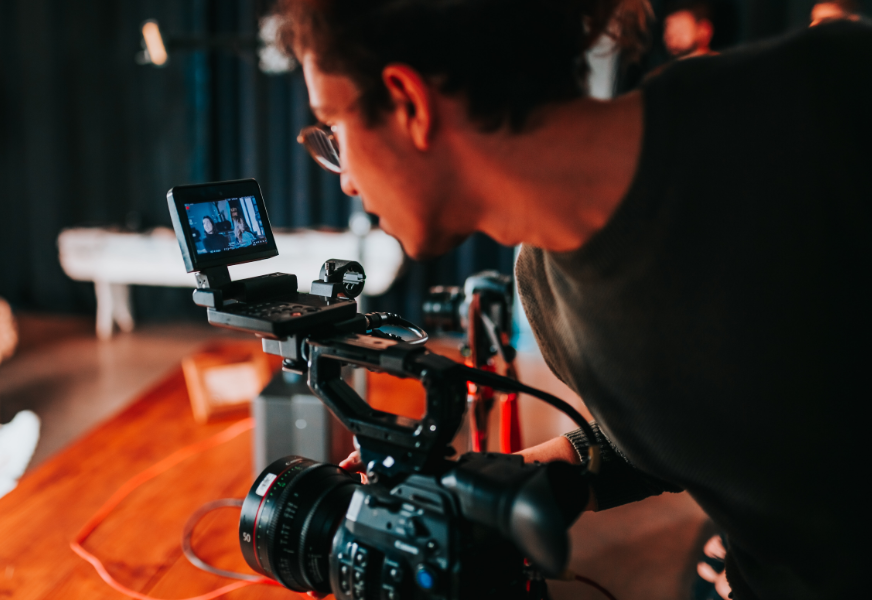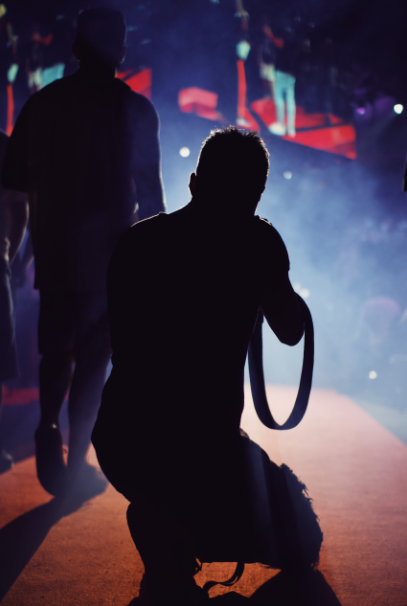How much money required for film making
How much money required for film making
Creating a film is a complex and multifaceted endeavor that requires a significant amount of resources, both creative and financial. A film’s budget is an essential component of its production, and it is crucial to allocate resources effectively to bring a story to life. In this article, we will discuss the key elements of film budgets and how they impact the final product.
The Budgeting Process
The budgeting process for film production can be divided into three stages: pre-production, production, and post-production.
Pre-Production
During pre-production, the producer will develop a preliminary budget based on the script and initial plans for the film. This preliminary budget will include the salaries of the cast and crew, location scouting expenses, equipment rentals, and other pre-production costs.
The producer will then work with the director and other key creative personnel to determine the film’s overall look and feel. This process will include storyboarding, set design, and costume design. These creative elements will be incorporated into the budget to ensure that the film’s vision can be achieved within the allocated funds.
Production
Once the pre-production process is complete, the production stage begins. This stage includes all of the actual filming and production of the movie. The largest expenses during this stage are typically the salaries of the cast and crew, equipment rentals, and location expenses.
In addition to these core expenses, there are often unexpected costs that arise during production. These may include unforeseen weather events, production delays, or equipment failures. To account for these expenses, a contingency fund is typically included in the budget.
Post-Production
The final stage of film production is post-production, which includes all of the editing, sound design, and visual effects work. This stage is often the most time-consuming and can be the most expensive, depending on the level of post-production required.
The budget for post-production includes the salaries of the post-production team, editing software and hardware, and any necessary sound design or visual effects work. The budget may also include costs associated with marketing the film, such as creating trailers or promotional materials.
Key Elements of Film Budgets
While each film’s budget will be unique, there are several key elements that are common to most productions. These elements include:
Cast and Crew Salaries: The largest expense in any film budget is typically the salaries of the cast and crew. The more established the talent, the higher the salary. It is important to balance the budget with the level of talent needed to bring the project to life.
Equipment Rentals: Filmmakers must rent or purchase a wide range of equipment, including cameras, lighting, and sound equipment. These costs can add up quickly, and it is important to plan for all necessary equipment in the budget.
Location Expenses: Filming on location can add significant expenses to a film’s budget, including travel and lodging for the cast and crew, permits, and fees associated with filming in certain locations.
Production Design: Creating the look and feel of a film is a crucial aspect of its success. This includes set design, costumes, makeup, and props. The budget must account for all of these expenses, which can be significant depending on the film’s scope and setting.
Post-Production: The final stage of film production, post-production, can be a significant expense. This includes editing, sound design, and visual effects work, as well as any marketing materials needed to promote the film.
Contingency Fund: A contingency fund is included in the budget to account for unexpected expenses that may arise during filming. It is typically a percentage of the overall budget, with 10-15% being a common range.
Tips for Budgeting a Film
Creating a budget for a film is a complex and challenging process. However, there are several tips that can help filmmakers to allocate resources effectively and bring their vision to reality.

